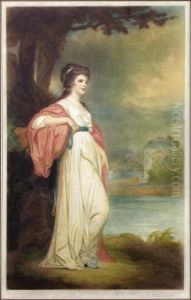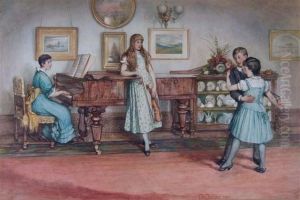Elizabeth Gulland Paintings
Elizabeth Gulland was a Scottish artist, born in 1860 in Edinburgh, Scotland, and passed away in 1936. She was a notable figure in the Scottish art scene during the late 19th and early 20th centuries, primarily recognized for her portrait paintings and etchings. Gulland's artistic journey began at a young age, influenced by the vibrant cultural environment of Edinburgh, a city known for its rich artistic heritage. She pursued formal art education at the Edinburgh College of Art, where she honed her skills in drawing, painting, and printmaking. Gulland's work during this period was marked by a keen observation of detail and a profound ability to capture the essence of her subjects, characteristics that would define her artistic output throughout her career.
After completing her studies, Elizabeth Gulland quickly established herself as a skilled portraitist, capturing the likenesses of prominent figures in Scottish society as well as intimate portraits of family and friends. Her work was characterized by a delicate handling of light and shadow, a testament to her mastery of the traditional techniques of her craft. Gulland was also an accomplished etcher, a medium through which she explored a variety of subjects, from landscapes to more personal, introspective themes. Her etchings were well-received, and she exhibited them alongside her paintings in galleries and exhibitions across Scotland and the United Kingdom, gaining recognition and accolades for her artistic contributions.
Throughout her career, Elizabeth Gulland remained deeply connected to the Scottish art community, participating in the activities of various art societies and contributing to the cultural life of Edinburgh. Despite the challenges faced by women artists during her time, she managed to carve out a successful career, leaving behind a legacy that continues to be celebrated for its contribution to Scottish art. Gulland's work is remembered not only for its technical proficiency but also for its emotional depth and the insight it provides into the social and cultural milieu of her time. Her portraits, in particular, serve as a window into the faces and personalities that shaped the Scotland of her era, making her an important figure in the history of Scottish art.
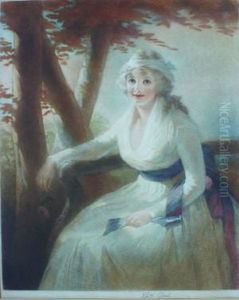
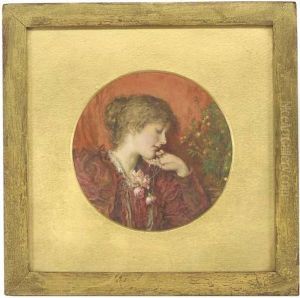
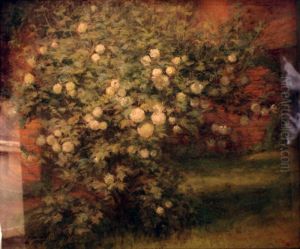
![[children In A Landscape]
Color Mezzotint, 1931, Signed In Pencil.](https://www.niceartgallery.com/imgs/639612/s/elizabeth-gulland-children-in-a-landscape-color-mezzotint-1931-signed-in-pencil-37d8fe9b.jpg)
